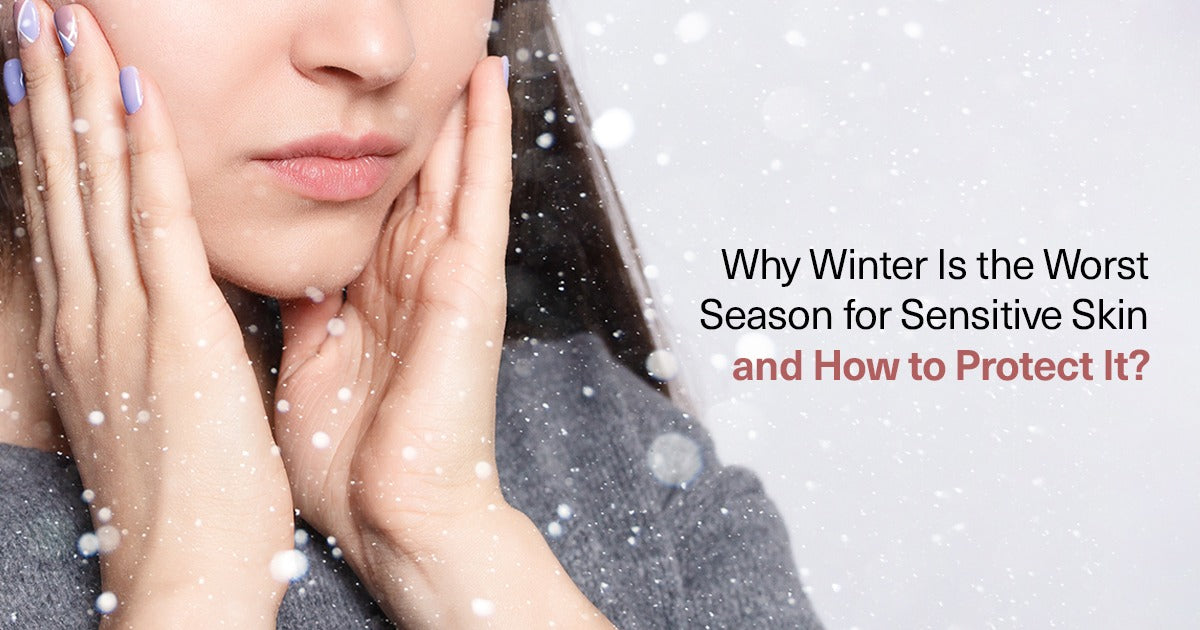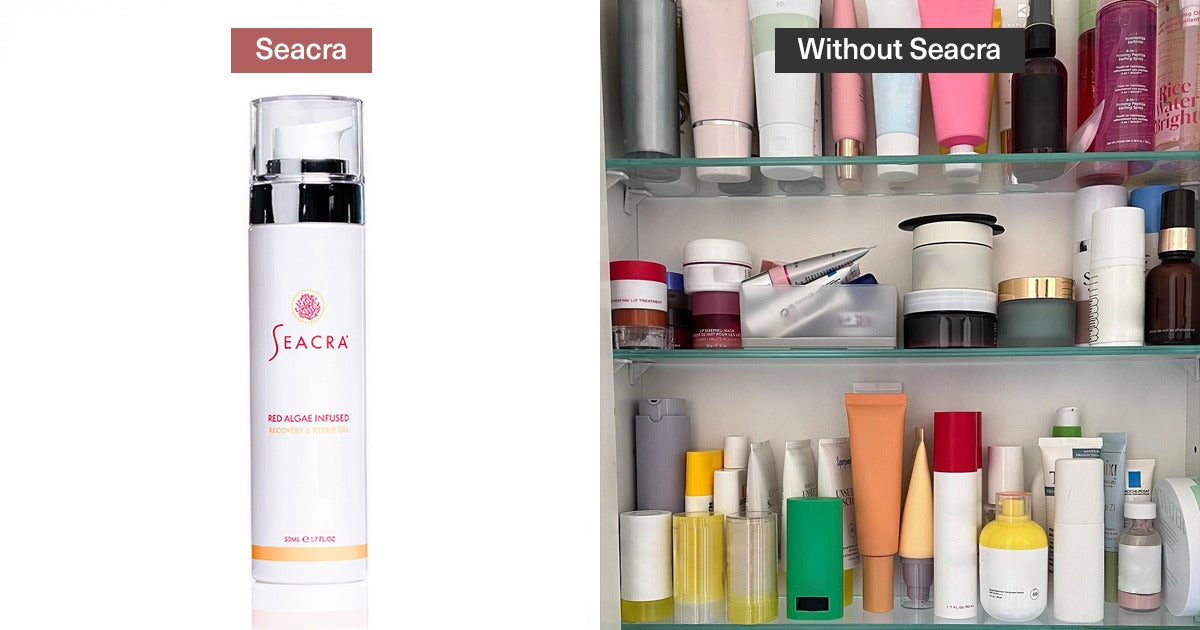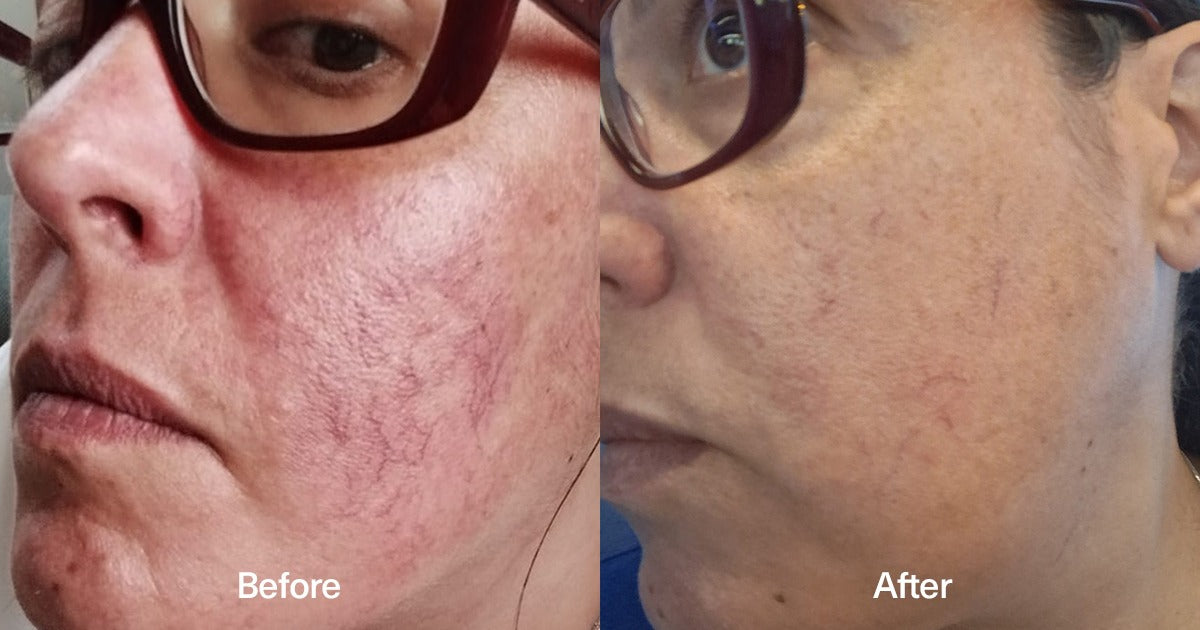Blemishes on the face can be a source of frustration and insecurity for many people. These imperfections, which include acne, dark spots, and scars, can affect the complexion and overall appearance of the skin. While there are numerous treatments available, natural remedies are often preferred for their gentle and holistic approach. One such potent natural ingredient is Red Algae, known for its exceptional skin-healing properties. Here’s how you can remove blemishes naturally and harness the power of Red Algae for clearer, healthier skin.
Understanding Facial Blemishes
Facial blemishes encompass a variety of skin imperfections, including:
- Acne: Clogged pores lead to pimples, blackheads, and whiteheads.
- Hyperpigmentation: Dark spots and patches result from inflammation, sun exposure, or hormonal changes.
- Scars: Leftover marks from severe acne or injuries.
- Redness and Irritation: Caused by inflammation, allergies, or conditions like rosacea.
- Identifying the type of blemish is crucial for selecting the most effective natural treatment.
Causes of Facial Blemishes
Several factors contribute to the formation of blemishes, including:
- Hormonal Changes: Fluctuations in hormones can increase oil production and lead to acne.
- Poor Skincare Practices: Inadequate cleansing, over-exfoliation, and using harsh products can irritate the skin.
- Damaged Skin Barrier: A weak skin barrier can lead to blemishes as the skin barrier can’t protect against free radicals, pollution, excess dirt and environmental factors.
- Diet and Lifestyle: High sugar intake, stress, and lack of sleep can exacerbate skin issues.
- Environmental Factors: Pollution and UV exposure can damage the skin and cause blemishes.
Why are Natural Treatments Best at Removing Blemishes
Most acne treatments focus on removing toxins and bacteria from the skin, which is important for combating hyper-pigmentation and scarring—but you also need to address inflammation, keep your skin healthy and eliminate factors that could lead to future breakouts.
This is where natural ingredients come into play. Plants, by their nature, can protect themselves from bacteria and environmental factors while reducing inflammation —all of which improve hydration so that the plant's environment remains healthy.
Natural acne treatment involves using products made from natural ingredients to help treat and prevent acne. Some people switch to using retinoid products as a treatment for acne. However, retinoids are highly active ingredients that may irritate your skin and cause redness or peeling.
As studies have suggested, in recent years, the resistance of C. acnes (the bacteria behind Acne Vulgaris) to many of the antibiotics used most often in acne treatment has emerged. About 80% of the treatments used on women fail in multiple doses because bacteria are becoming resistant to antibiotics, so it's crucial that we find other ways to treat acne—like through antibacterial and anti-inflammatory natural compounds.
Red Algae is a Natural Treatment for Removing Blemishes
Red Algae is considered to be an excellent source of biologically active compounds, having several valuable properties, including antioxidant, antibacterial, antiviral and anti-inflammatory effects. These bioactive compounds can be effective in preventing acne.
Red Algae contains polysaccharides and bioactive compounds that have been shown to inhibit bacterial growth and treat skin inflammatory conditions by inhibiting the effect of pro-inflammatory genes. When it comes to acne, Red Algae is an effective ingredient for many reasons—it aids in treating pigmentation and redness that comes along with this condition, supports the work of other active ingredients, and, most importantly, keeps your skin hydrated.
In our 28-day clinical trial, the Recovery & Repair Gel showed dramatic improvement for people with acne-prone skin. You can read more about it or purchase it on our website here.
In addition to using Red Algae, you should avoid products that clog your pores. Some oils are more likely than others to cause breakouts if you have oily skin or acne-prone skin.
Jojoba oil has a lower comedogenic rating than coconut oil, making it better for those with acne-prone skin. Its antimicrobial properties also help fight harmful bacteria that can cause breakouts.
Our Recovery & Repair gel contains, in addition to Red Algae, Jojoba oil, Chamomile and Calendula, all of which have been proven effective against several skin conditions including acne.
While harsh and time-consuming treatments like antibiotic drugs are often used to treat acne, natural acne treatments are safer and gentler to use. The next time you hear a friend complain about acne, or if you want to try something new that may help clear your skin up again, consider incorporating Red Algae gel into your acne skincare routine.




